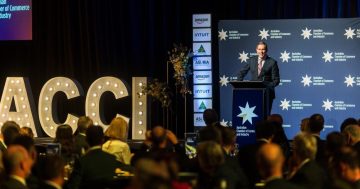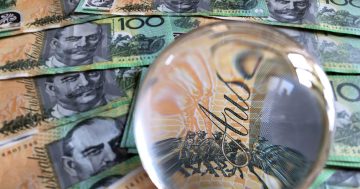Anthony Keane says that if you’re not sure what things look like inside your superannuation nest egg, now is a good time to take a peek.
By Anthony Keane*
 It’s the biggest asset most Australians will ever own apart from their family home, and it’s been changing shape.
It’s the biggest asset most Australians will ever own apart from their family home, and it’s been changing shape.
Superannuation funds are giving their members greater choice than ever before, which makes it more important to know how your money is invested.
Super specialists recommend treating these investments just like cash in the bank or other investments outside of super.
After all, it’s your money — the only difference is that it’s preserved until retirement.
The Association of Superannuation Funds of Australia (ASFA) has found some interesting changes in how our super is invested today compared with 20 years ago:
- We hold a lot less Australian shares, down from 35 per cent of super assets in 1998 to 22 per cent now;
- There has been strong growth within super funds of alternative assets such as infrastructure, hedge funds and unlisted shares;
- Property investments have dropped as a share of total assets in super;
- We own fewer Australian fixed interest investments — such as Commonwealth Government bonds — but more international fixed interest.
“The lack of a sizeable domestic corporate bond market and actions taken by governments in Australia to contain borrowings has meant that funds have looked to overseas more for fixed interest investments,” said ASFA CEO, Dr Martin Fahy.
The growth of superannuation assets — now more than $2.6 trillion — had helped funds increase specialisation of investment managers, broaden their range of investments and increase diversification, Dr Fahy said.
Financial strategist Theo Marinis said while default industry super funds and retail super default funds had increased their diversification, this was often lacking among self-managed super funds and people who used advisers.
“People who are doing it themselves — sometimes with advice — are not diversifying their portfolios adequately,” he said.
Holding only a handful of different Aussie shares is not enough diversification.
Mr Marinis said the growth of index funds and exchange traded funds made it easier for people to effectively have thousands of different assets in their super.
He said before deciding on your own mix, it was a good idea to do a risk profile.
“It’s a psychological analysis of your tolerance to risk — how much of a risk taker are you?”
Higher-risk assets such as shares and property have historically delivered higher long-term gains but more short-term volatility.
ASFA’s Dr Fahy said it was important for people to make an informed choice.
“This involves getting information both about the default option and specific investment options being considered,” he said.
“Every fund provides considerable detail about how they invest.”
“Funds also publish a standard risk measure for default investment options in order to inform members about projected volatility and risk.”
* Anthony Keane is personal finance writer at News Corp Australia in Adelaide. He tweets at @keanemoney.
This article first appeared at www.news.com.au











